The World Birding Center may sound like a single place but, in fact, it is a series of nine locations that stretch out 120 miles across the southern border of Texas. Each unique facility is a gem on the chain that forms the World Birding Center. The World Birding Center locations offer year round activities. Whether you are a casual nature lover with no interest in birding or an expert birder, you’ll love all that these centers have to offer.
About the World Birding Center
The World Birding Center is a $20 million development based on the joint partnership between the Texas Parks and Wildlife Department, Rio Grande Valley Communities & U.S. Fish and Wildlife Service. Each unique location is sponsored by one of the Valley’s nine partner communities. See the map below for specific locations.
The Rio Grande Valley is a major migration corridor with two flyways converging - the Central and the Mississippi. Share on XThe Rio Grande Valley is a major migration corridor with two flyways converging – the Central and the Mississippi. As a result, more than 500 species, some not seen anywhere else in North America, make this an amazing birding destination.
World Birding Center Locations
South Padre Island
South Padre Island Birding, Nature Center and Alligator Sanctuary is the eastern most of the world birding center locations. It is adjacent to the South Padre Island Convention Center near the tip of South Padre Island, the longest barrier island in the world. The nonprofit was created by the Town of South Padre Island’s Economic Development Corporation.
The center features a 1/2 mile of boardwalks, 5 bird blinds, a 5-story observation tower, a butterfly garden, hands-on educational exhibits, an auditorium and a nature gift shop. In May of 2019, it became an alligator sanctuary when 50 rescued alligators made the center their new home.

 If you climb the five stories to the top of the observation deck, you’ll be rewarded with stunning views. On one side of the deck you can see the grounds of the center. From the other side, you can see across the narrow island to the Gulf of Mexico. Because of its amazing location on the water, South Padre Island Birding, Nature Center and Alligator Sanctuary is right at the top of my list of favorite World Birding Center locations.
If you climb the five stories to the top of the observation deck, you’ll be rewarded with stunning views. On one side of the deck you can see the grounds of the center. From the other side, you can see across the narrow island to the Gulf of Mexico. Because of its amazing location on the water, South Padre Island Birding, Nature Center and Alligator Sanctuary is right at the top of my list of favorite World Birding Center locations.
The center’s 50 acres contain a variety of habitats. These habitats include dune meadows, salt marshes and intertidal flats, which provide a crucial first landfall for birds making the arduous migration over the Gulf from southern Mexico and northern Central America.
South Padre Island Birding, Nature Center and Alligator Sanctuary is open daily 7am to 5pm. Admission is $8 for adults, $7 for military and $5 for children 4-12.
Resaca de la Palma State Park
Resacas are former channels of the Rio Grande now cut off from the river. They are dry except after heavy rainfall.
Resaca de la Palma is a Texas state park near Brownsville that opened to the public in 2008. The park’s 1200 semi-tropical acres is the largest tract of native habitat in the World Birding Center network. The park has four resaca observation decks, 6+ miles of trails, a 3.2 mile tram tour, butterfly garden, meeting space and a gift shop.
Resaca de la Palma State Park is open 6am to 10pm Wednesday through Sunday according to their page on the texas.gov website. However, they have different hours on their Facebook page.
Harlingen Arroyo Colorado
The Arroyo Colorado is one of the only freshwater sources in this area of the migratory path and it runs though the middle of Harlingen. The arroyo waterway and the scenic trails along its banks connect Hugh Ramsey Nature Park and Harlingen Thicket. The two properties as well as the waterway make up the Harlingen Arroyo Colorado World Birding Center location.
Hugh Ramsey Nature Park
Hugh Ramsey Nature Park is 55 acres of reclaimed land. The network of nature trails takes you through different habitats like the enormous stand of prickly pear cactus, flower gardens and water features. Wildflowers attract butterflies and a hummingbird garden attracts the native buff-bellied hummingbird year-round.
Facilities include restrooms, a large pavilion with picnic tables, paved parking area and photo blinds. There is no admission fee and the park is open seven days a week from sunrise to sunset.
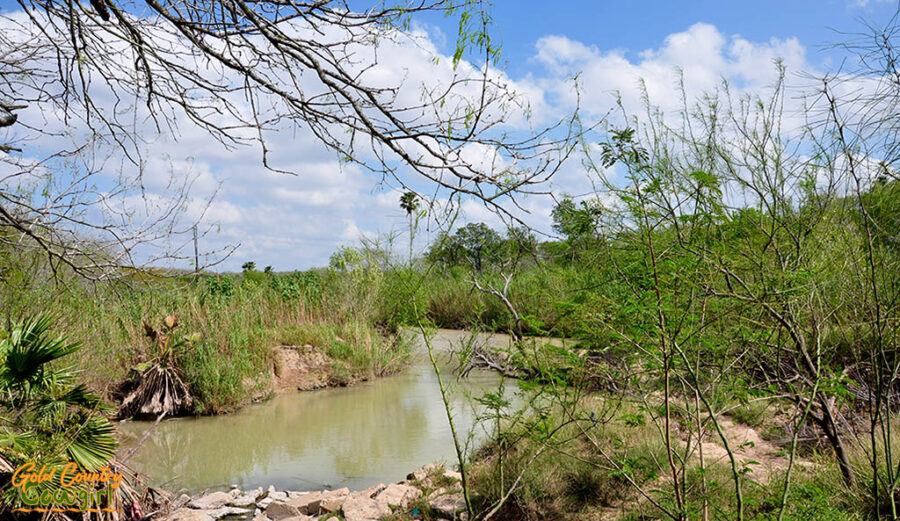
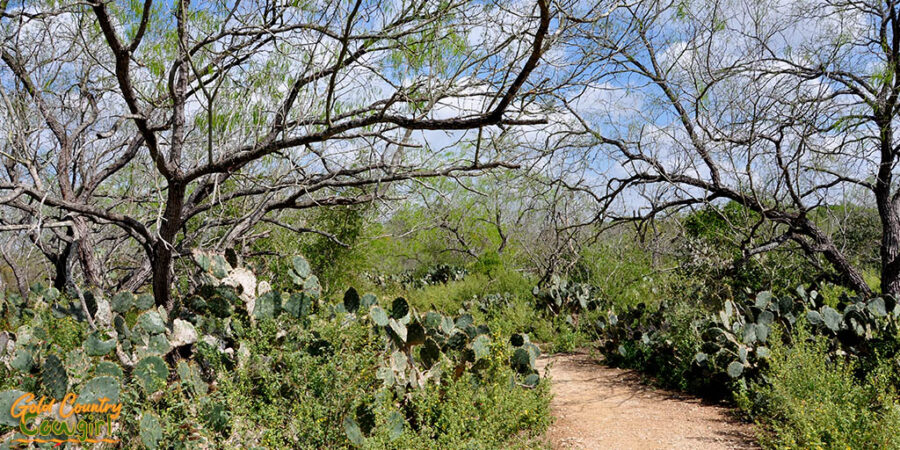 Harlingen Thicket
Harlingen Thicket
This 40-acre area is covered with native brush containing many plant varieties. Trails are wide and easily navigated. Facilities include restrooms, a covered picnic table, and paved parking lot. This park is also open seven days a week from sunrise to sunset with no admission fee.
 Estero Llano Grande State Park
Estero Llano Grande State Park
If I had to choose a favorite of the nine parks, I think Estero Llano Grande State Park would have to be my choice. It was the first of the nine World Birding Center locations I visited so perhaps that has a little to do with it but the park is gorgeous and has so much to offer.
Estero Llano Grande State Park is the largest wetlands environment in the World Birding Center network. There are nine bodies of water and diverse habitats that attract a wide range of birds. More than 340 species of birds and 180 species of butterflies have been recorded since the park opened in 2006. Other wildlife you might see are coyotes, bobcats and alligators. These are wild alligators, unlike the rescued alligators at the South Padre Island center that are contained in enclosures.
The park features over 5 miles of trails and about two of those miles are wheelchair accessible. You’ll find boardwalks, an observation deck and viewing decks along your walk.
The park is open daily from 8am to 5pm. Entrance fee is $5 for adults, children 12 and under are free. Admission is free for your entire party with a Texas State Parks Pass. Tram tours are free but require pre-registration.
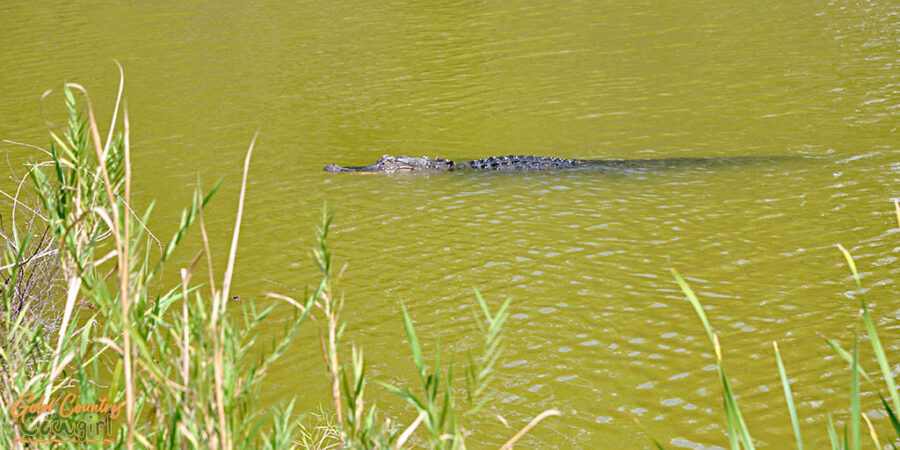
 If you are interested in crossing the border for lunch (check out the linked post to see my favorite places to eat) and some shopping, this location is just down the road from Nuevo Progreso. This border town is considered safe for visitors. I go frequently and have never had an issue or heard of anyone else having one. Take your passport for a quick and easy return. If you don’t have a passport, your photo ID and birth certificate will suffice.
If you are interested in crossing the border for lunch (check out the linked post to see my favorite places to eat) and some shopping, this location is just down the road from Nuevo Progreso. This border town is considered safe for visitors. I go frequently and have never had an issue or heard of anyone else having one. Take your passport for a quick and easy return. If you don’t have a passport, your photo ID and birth certificate will suffice.
Edinburg Scenic Wetlands
Edinburg Scenic Wetlands is a 40-acre facility located within a municipal park near the center of the City of Edinburg. As such, I wasn’t expecting much when I visited but I was so pleasantly surprised by this beautiful location.
When this facility opened in 2003, it was the first World Birding Center location. It was built on reclaimed farm land and is situated next to the city’s floodwater ponds. The native plants and water resources recreate an endangered wetlands environment.
In addition to the floodwater pond at each end of the center, they have a canal, a dragonfly pond and other small ponds. There are viewing blinds and a dock where you can take in the sights.
The park is open 7am to 5pm on Monday and 7am to 6pm Tuesday through Saturday. They are closed on Sunday.
Quinta Mazatlan
Quinta Mazatlan is a bit unique among the World Birding Center locations. The heart of the location is a Spanish revival style mansion that was built in 1935 as a private residence. At 10,000 square feet, it is one of the largest adobe structures in Texas.
After 60 years of private ownership, the mansion was put up for sale. Developers wanted to demolish it but, fortunately, the City of McAllen purchased it in 1998. As a result, this 20-acre urban sanctuary opened to the public in 2006.
More than 250 bird species have been identified here including many of the valley specialties that can’t be found anywhere else in the country. Lush vegetation, water features and the sound of birds surround you as you walk through the landscape of the tamaulipan thornforest. Life-size bronze sculptures and plenty of interpretive trail signage make for a very educational self-guided tour.
The park is open Tuesday through Saturday 8am to 5pm except Thursday when they are open until dark. Admission is $3 for adults and $2 for children 3-12.
Old Hidalgo Pumphouse
The Old Hidalgo Pumphouse was built on the banks of the Rio Grande around 1909. A system of steam powered pumphouses transformed the semi-arid Valley dotted with cattle ranches into rich farmland.
Heavy equipment is far from the top of my list of interests but the museum was fascinating. When the pumphouse was built, there were no cranes to move the engines that weighed tons. It was all done with manpower!
A hurricane in 1933 flooded the Valley and changed the course of the Rio Grande by about a half mile. Workers had to dig a canal from the new banks of the river back to the intake pipes of the pumphouse. The resulting lake-like channel is a great place for spotting some of the Valley’s subtropical and specialty birds.
In 1993, the Hidalgo County Irrigation District #2 donated the Hidalgo Pumphouse to the City of Hidalgo. The city spent millions of dollars restoring the old pumphouse as a museum and the surrounding grounds are part of the World Birding Center network.
Unlike other World Birding Center locations that are pretty wild, the Hidalgo Pumphose site has manicured lawns where events like weddings are held. There is an amphitheater that is used for talks, performances and even free movies during the summer.
The park is open Monday-Friday, 8am-8pm, Saturday – Sunday 9am-8pm (may vary due to season). Admission is $3 for adults, $2 for seniors and $1 for children and students. There are trolley tours the third Tuesday of every month for $5.
Bentsen-Rio Grande Valley State Park – World Birding Center Headquarters
Bentsen-Rio Grande Valley State Park is located in the Lower Rio Grande Valley in a region that is considered one of the most biologically diverse in North America.This diversity makes it a popular stopover for migratory birds as well as home to some subtropical birds seen nowhere else in the US.
The park was once part of a land grant awarded by Spain in 1767. In the 1930s, the Bentsen family purchased 3,000 acres from the then current owner including the area that would become the park. They developed part of the property but preserved the park because of the beautiful ebony trees. The Bentsen family donated 587 acres to the Texas Parks Board in 1944 for $1. The only stipulation was that the land would be for public park use only and be called Bentsen-Rio Grande Valley State Park. The park opened to the public in 1962.
You can bike or walk the 7 miles of trails, most of which are wheelchair accessible. Other features of the park include two enclosed bird blinds, a bird wall, and several water features. From the two-story observation deck you can view the top of the canopy and look across the Rio Grande to Mexico.
The free shuttle is a great way to get an idea of the layout of the park. You can move from one location to another using the shuttle if you are not up to all the walking. The tram runs every day October through May. It runs Wednesday through Sunday from June through September. If the tram is an important activity for you, it’s a good idea to call ahead to confirm it is operating on the day you plan to go.![]()
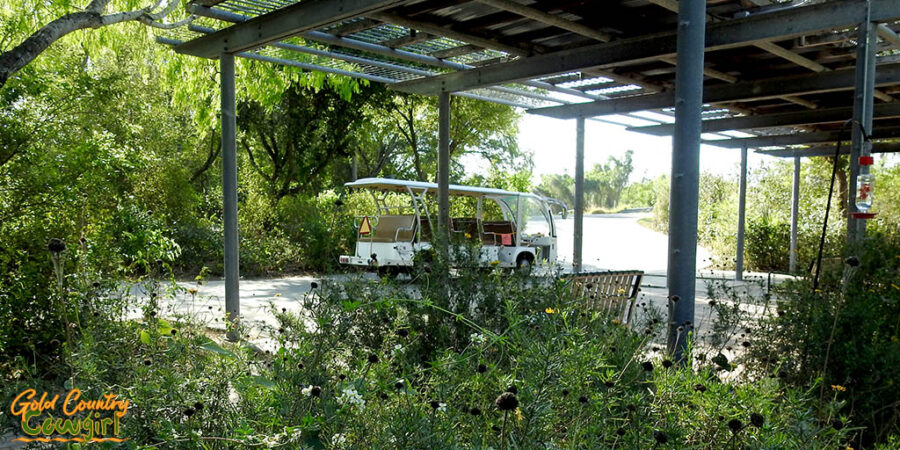
The park used to have full RV camping but that was removed when the park became the World Birding Center Headquarters in 2004. Now, the only camping is walk-in primitive camping. No vehicles are allowed in the park.
The park is open daily from 7am to 10pm. The park store is open daily from 8am to 5pm. Admission is $5 for adults, children 12 and under are free.
Roma Bluffs
Roma Bluffs is the western most World Birding Center location. The interpretive overlook, set atop 200-foot high sandstone bluffs, has a mounted scope for wildlife viewing and illustrated signs that describe Roma’s history as well as the local flora and fauna.
The deck overlooks the Rio Grande and provides a great view of the river in both directions as well as the Mexican border town of Miguel Aleman across the river.
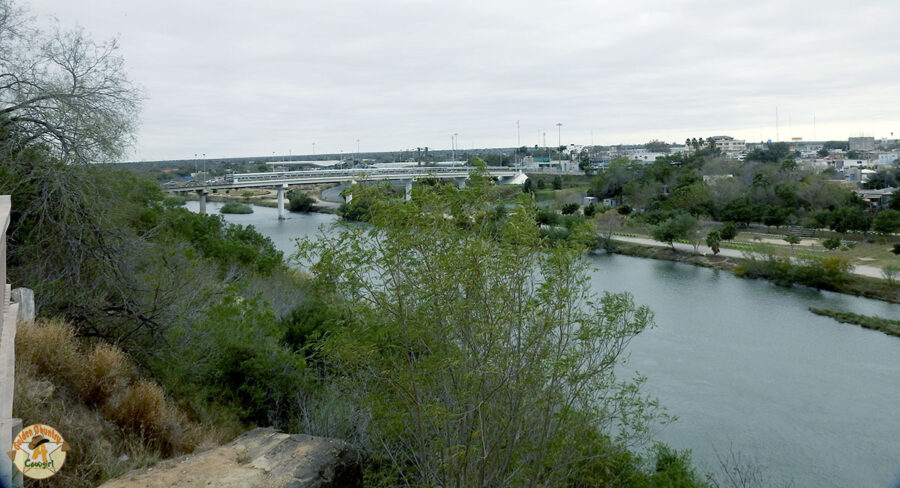
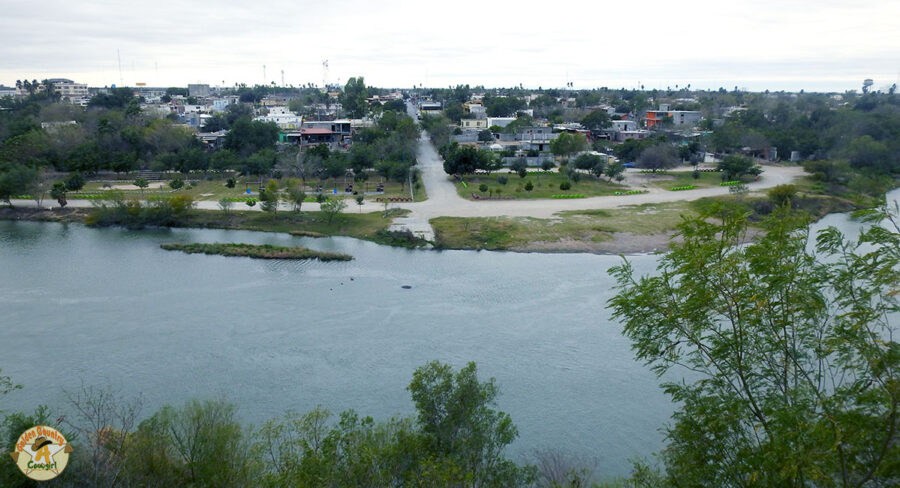
 The riverside trail, accessed down a brick stairway, leads upstream and will eventually connect with adjacent US Fish and Wildlife preserves.
The riverside trail, accessed down a brick stairway, leads upstream and will eventually connect with adjacent US Fish and Wildlife preserves.
The Roma Bluffs World Birding Center location is quite different from any of the others. You’ll find it on the edge of the old plaza of a once thriving steamboat port and is part of a national historic district. The historical component of this site truly sets it apart.
The nature trails are open seven days a week and are free of charge.
Best Time to Visit the World Birding Center Locations
Songbird and land bird migration begins as early as mid-August and lasts through October, with peak numbers in mid-September to mid-October. Sparrows peak a bit later, from October to early November.
Winter is the most popular season for birding in the Rio Grande Valley. Share on XWinter is the most popular season for birding in the Rio Grande Valley. Mild temperatures make being outside enjoyable and bird activity is high. November through March is also when the most Mexican rarities, like the white-throated robin and elegant trogon, are found.
During April and May, birders can see South Texas specialties and neotropical migrants at the same time. It’s possible to see over 100 species along the coast in a single day. Spring migration peaks around April 15th through May 10th.
Texas Specialties
Some of the most sought after birds in South Texas:
- Plain Chachalaca
- White-tipped Dove
- Groove-billed Ani
- Common Pauraque
- Buff-bellied Hummingbird
- Harris’s Hawk
- Gray Hawk
- Ferruginous Pygmy-Owl
- Ringed Kingfisher
- Green Kingfisher
- Northern Beardless Tyrannulet
- Great Kiskadee
- Green Jay
- Long-billed Thrasher
- Clay-colored Thrush
- Botteri’s Sparrow
- Olive Sparrow
- Altamira Oriole
The bottom line is, from August through May, there is no real best time to visit. It depends on what you are most interested in seeing. The weather can still be pretty warm August through October but by November the temperature is quite pleasant for spending time outdoors.
What to Take if You are Going Birding
If you are an occasional birder or even new to it, here are some things you might want to have with you during an outing.
- Binoculars (For general birding, most experts agree that 7x or 8x is best for most birders.)
- Camera with a long lens and tripod or a superzoom camera
- Hat
- Water and snacks
- Sunscreen
- Insect repellent (this is what I like to use)
- Bird identification field guide
- Your photo ID
My Final Thoughts on the Nine World Birding Center Locations
I loved visiting every location of the World Birding Center. You can’t go wrong with any of them. There are year round activities and, during migration, you are bound to see many species of birds as well as other wildlife.
Click the top left corner of the map to access addresses and other details.
Until next time…






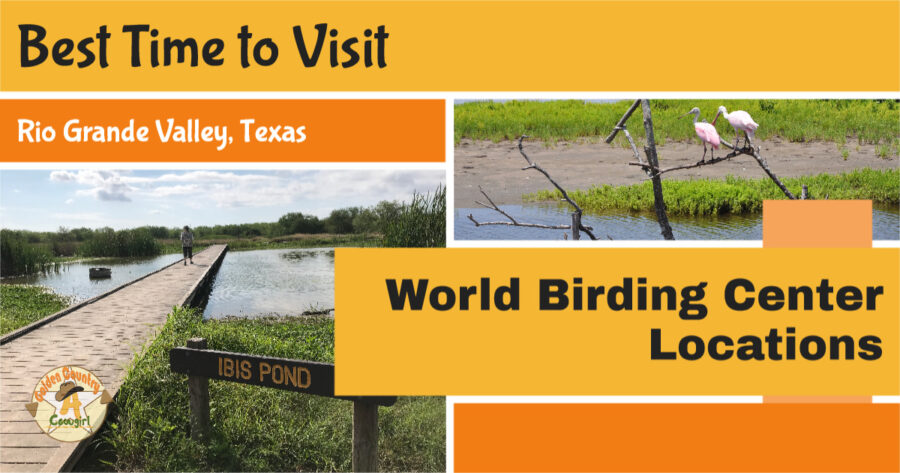


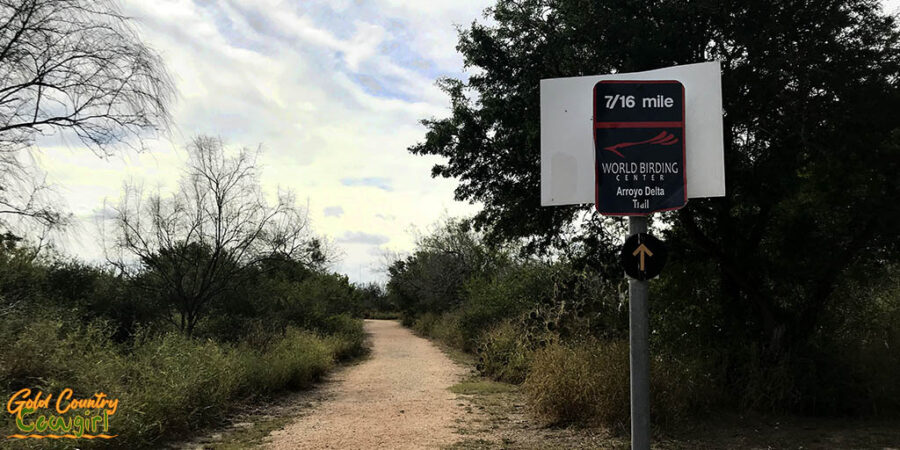
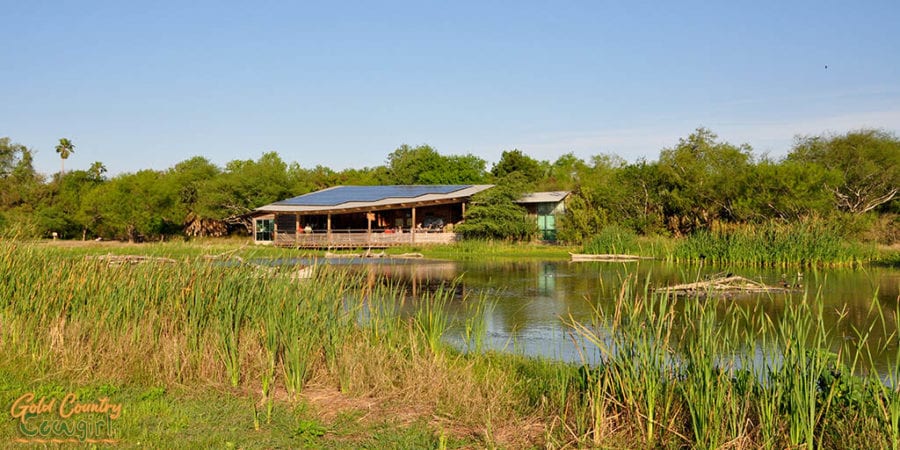
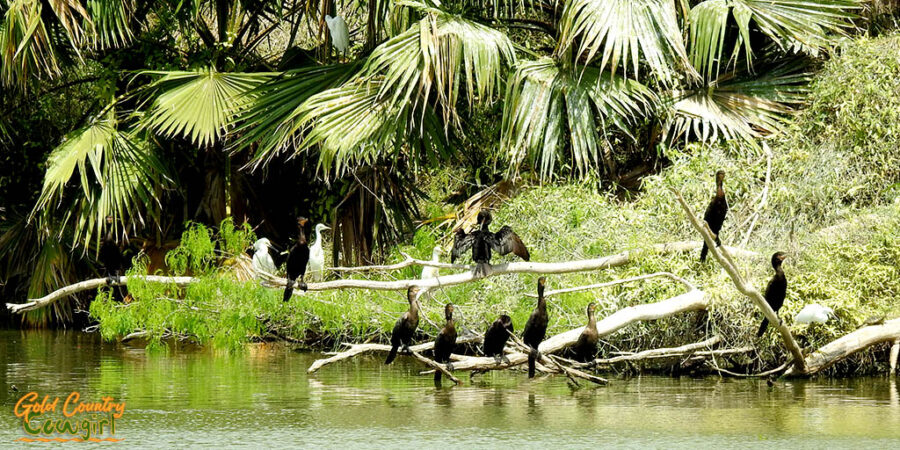
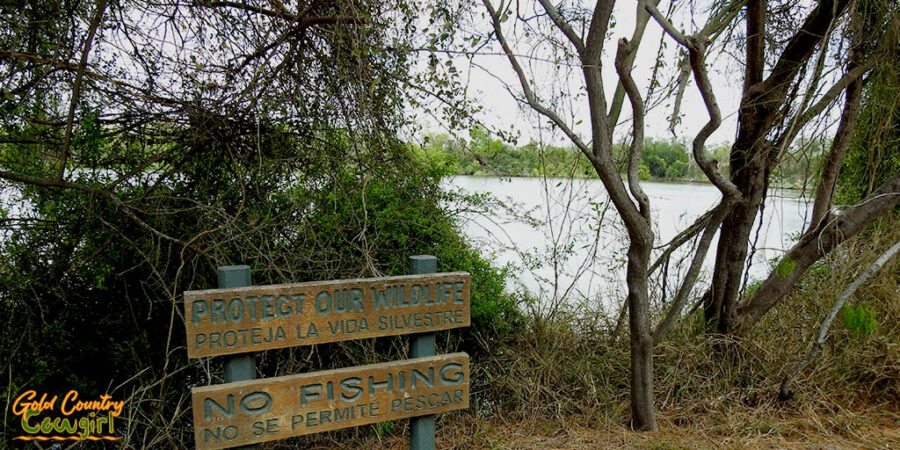
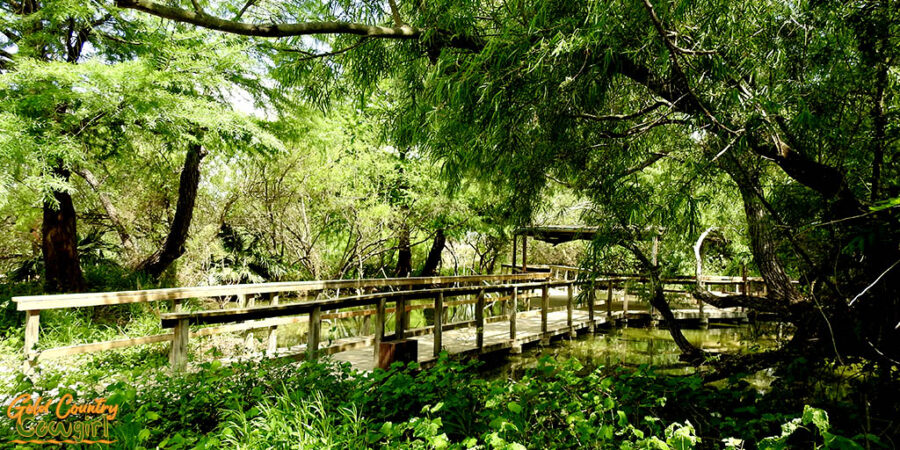
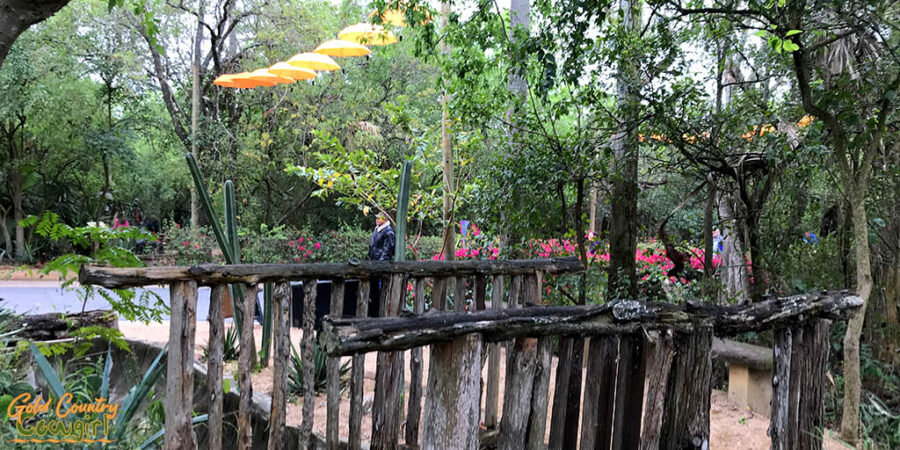

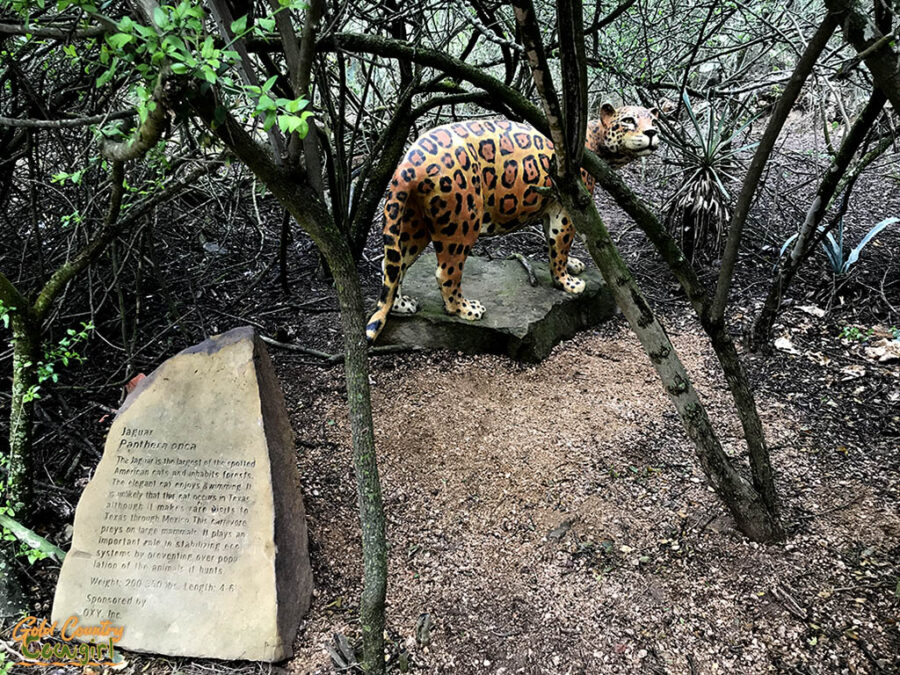
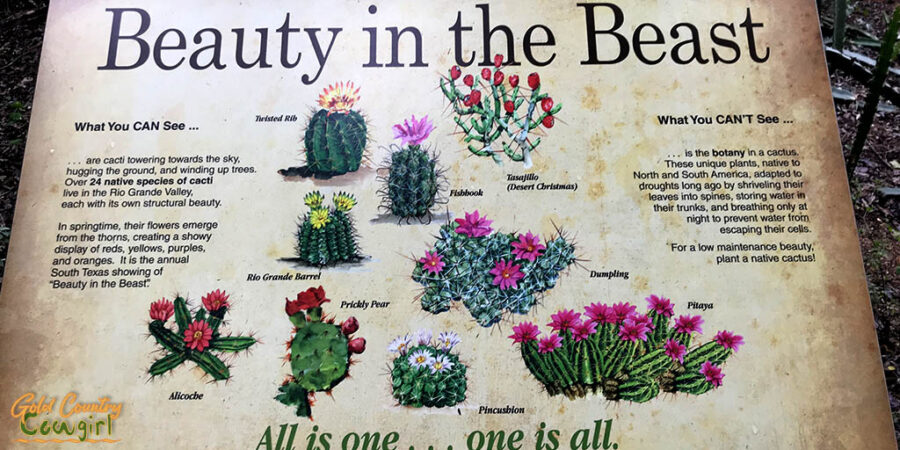

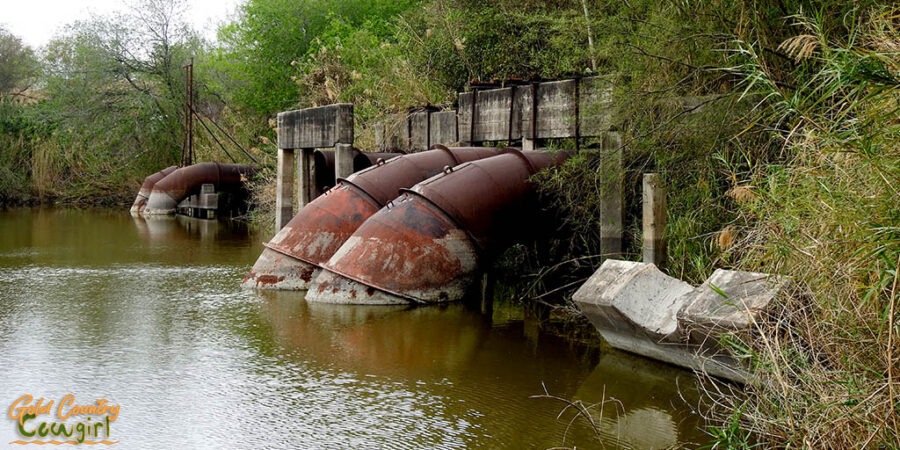
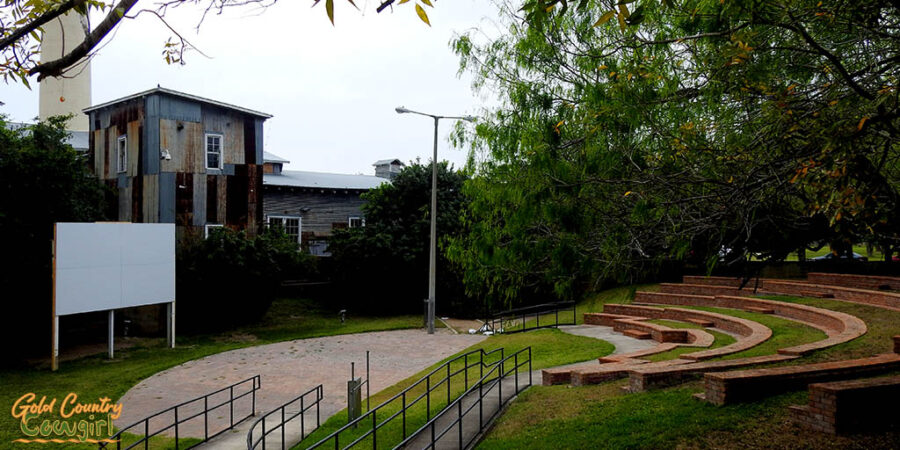

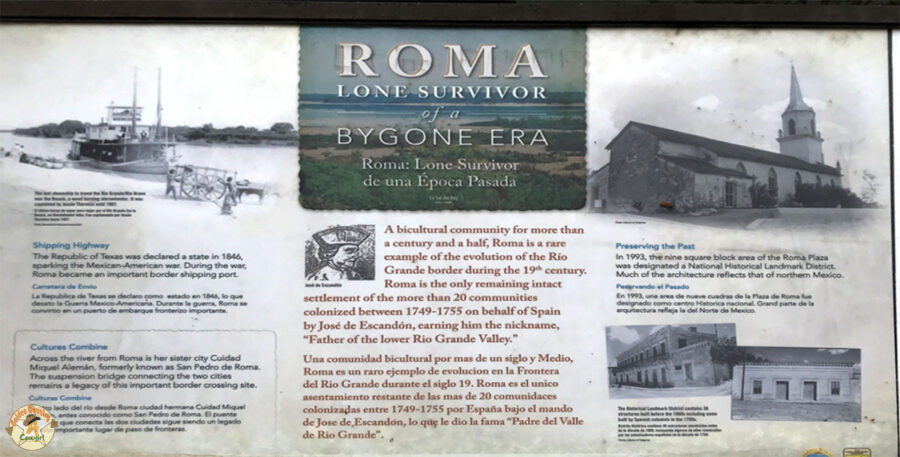



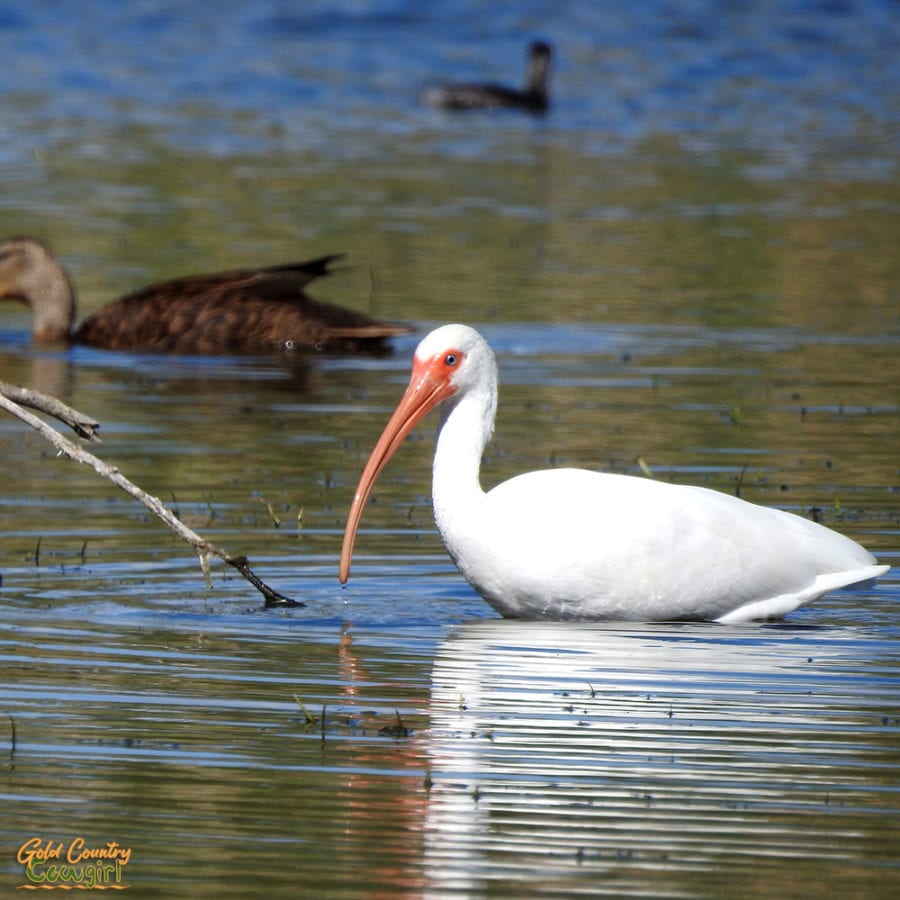

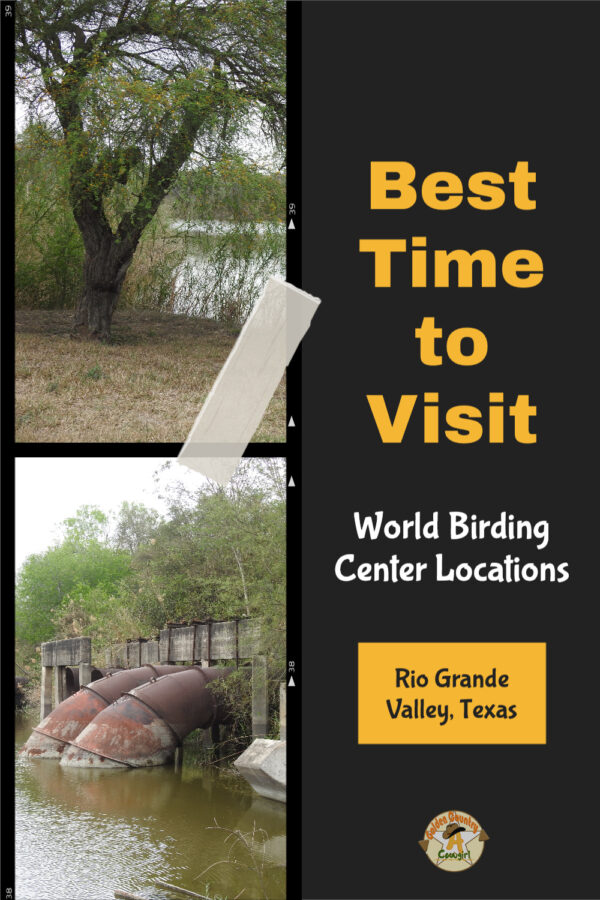
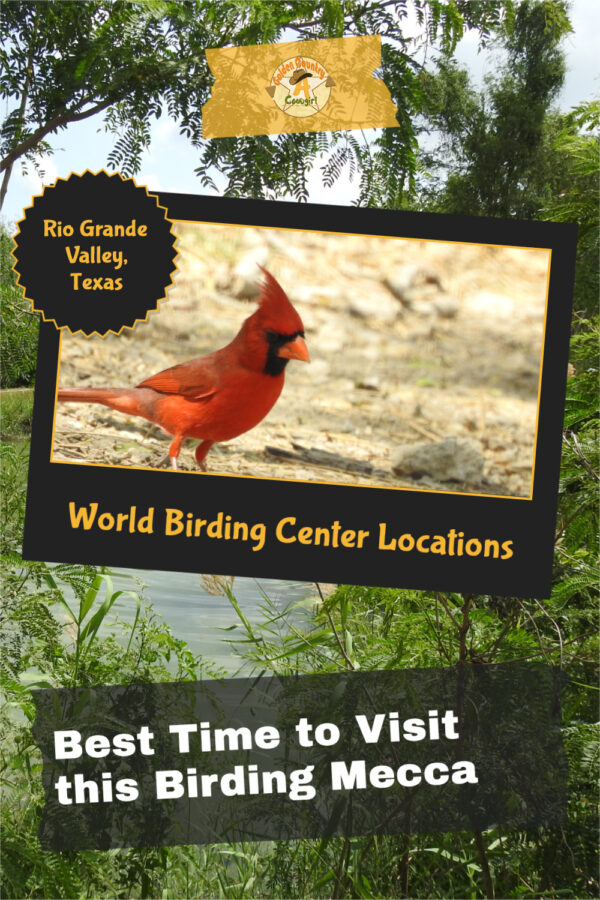



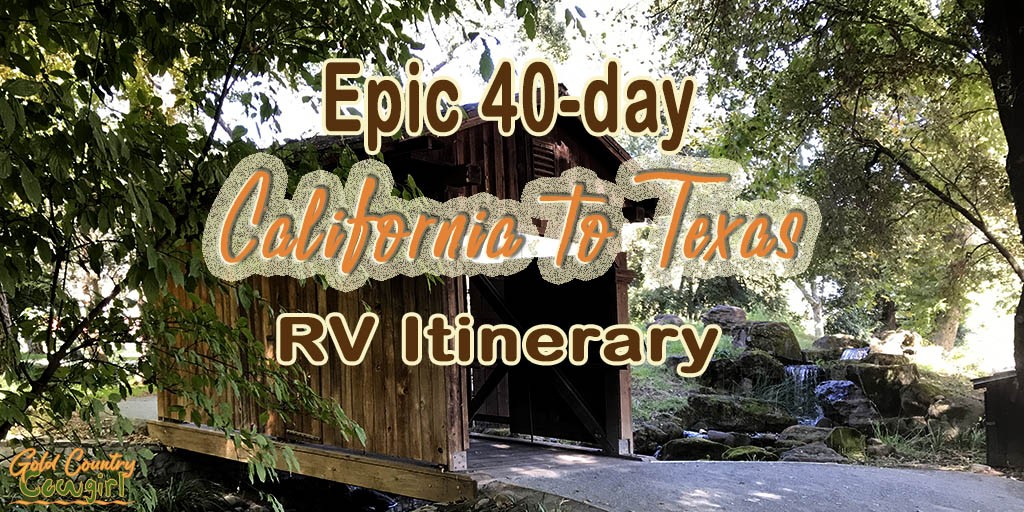
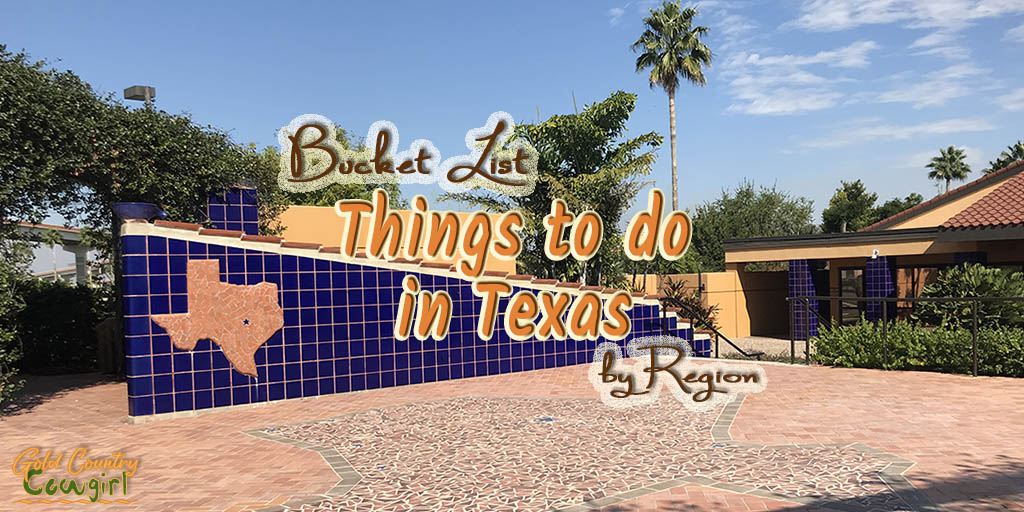
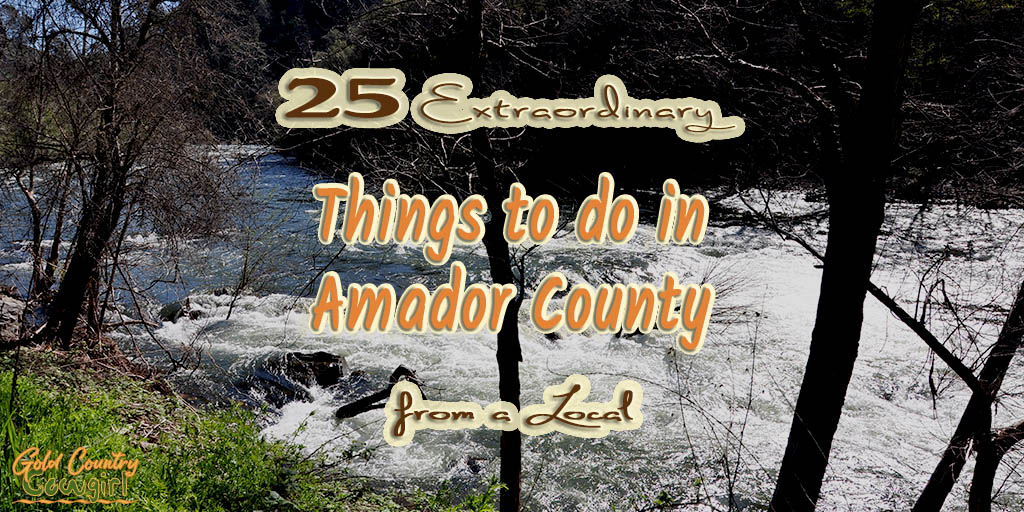
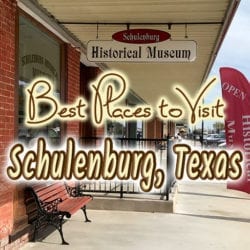
















Strange how something like that (not normally relevant) pumphouse can be interesting when it is a little part of something that you have a greater interest in.
Anyway, this sounds like my kind of place, so if I ever get back to the US, it will be on my bucket-list.
We enjoy birding as amateurs an always love to stumble on places with great interpretive info. I’m saving this for future reference. Great post.
Wow, this looks like an amazing spot to go if you’re into bird-watching. Great info so thanks for sharing – lots of practical advice which is invaluable for visitors.
Bird enthusiasts must be flocking to this article with all of the great info you’ve shared. I’ve always been curious about this passion, as it takes a lot of planning to catch different species of birds at the right time of year.